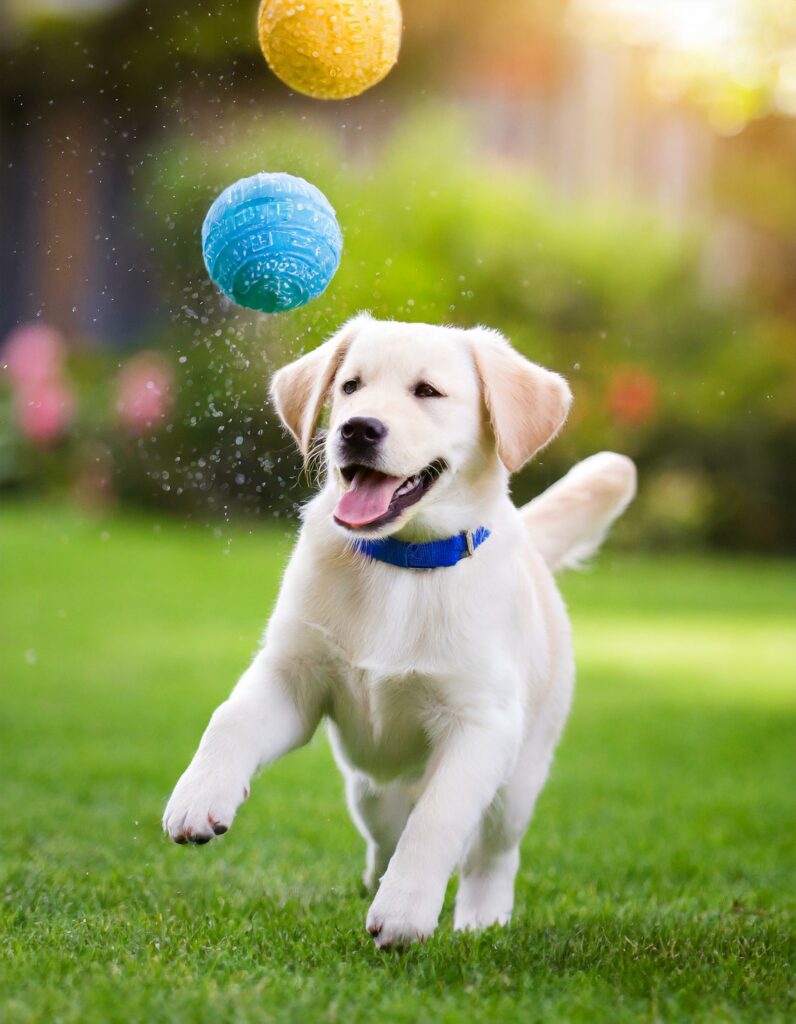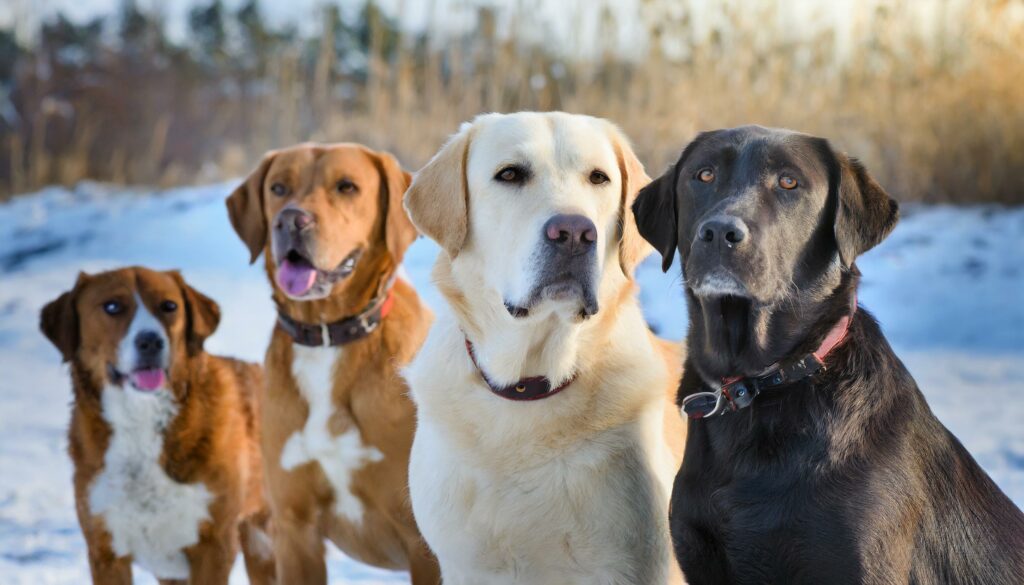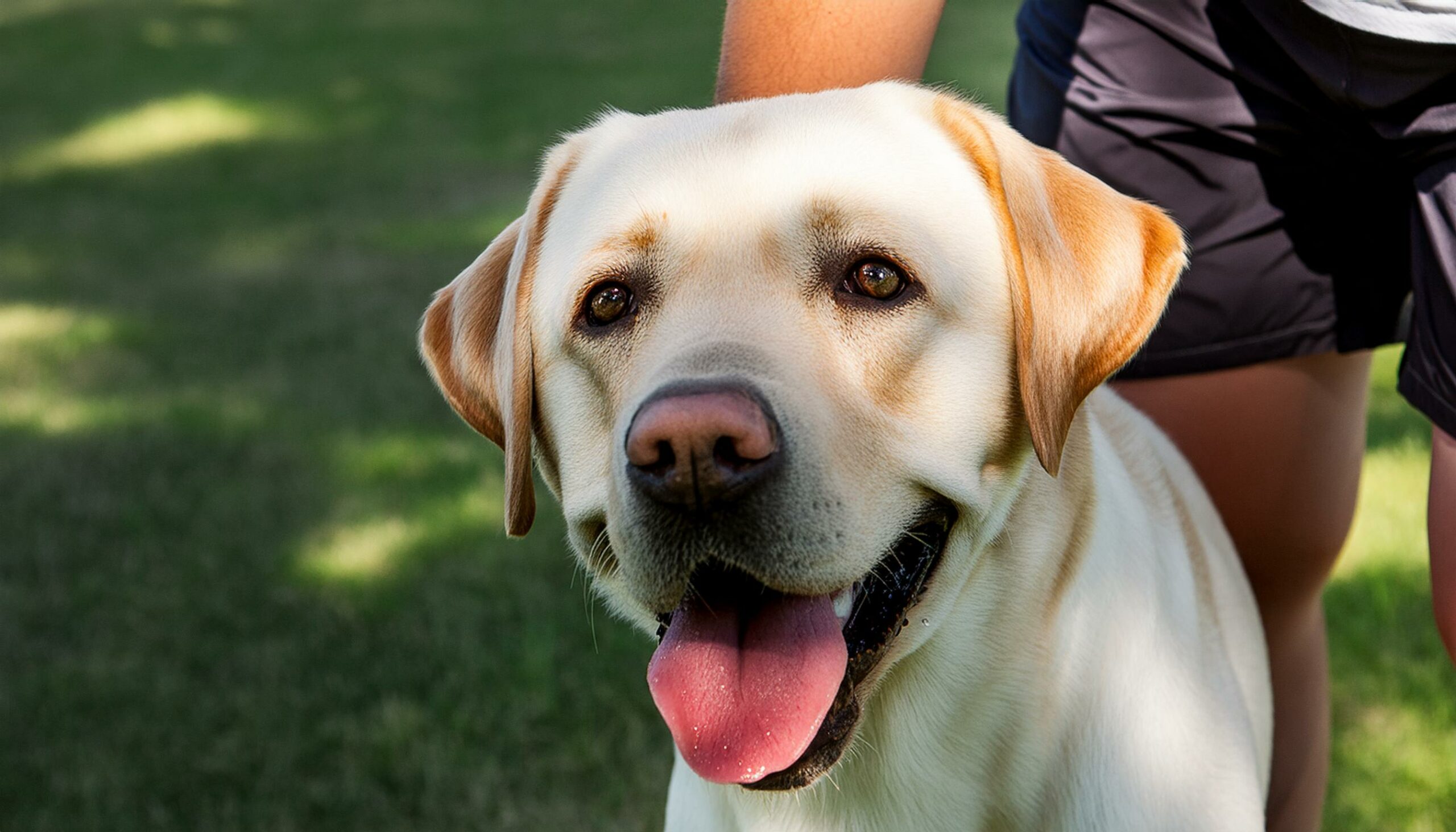The Labrador Retriever, often referred to simply as a ‘Labrador’ or ‘Lab,’ is universally recognized as one of the most popular dog breeds worldwide. Known for their friendly demeanor and remarkable intelligence, Labradors make excellent family pets, service animals, and companions. However, if you admire the Labrador but are considering other breeds with similar attributes, this guide is for you. In this article, we will explore various dog breeds that not only look like Labradors but also share their lovable traits, helping you find a companion that fits your lifestyle and preferences.
Key Characteristics of Labradors

Appearance
Labradors are medium to large-sized dogs characterized by a well-balanced build that combines strength and agility. Typically, they stand about 21.5 to 24.5 inches tall at the shoulder and weigh between 55 to 80 pounds. They possess a broad head with expressive eyes and a distinctive otter-like tail that serves as a rudder in the water. Labradors have a dense, water-resistant coat that comes in three colors: black, yellow, and chocolate. This feature is vital for a breed historically bred for retrieving game in water.
Temperament
Perhaps the most defining characteristic of a Labrador is its temperament. Labradors are renowned for their friendly nature, exhibiting patience and a lack of aggression that makes them excellent companions for children. They are highly social, outgoing, and they thrive on human interaction and attention. Labradors are also known for their intelligence and willingness to please, traits that make them highly trainable and effective in various roles, from guide dogs to search-and-rescue operations.
Dogs That Look Like Labradors
Golden Retriever
One of the breeds most frequently confused with the Labrador is the Golden Retriever. Goldens share many of the same physical dimensions and personality traits as Labradors. Like Labs, Golden Retrievers have a sturdy, muscular frame, friendly eyes, and a joyful demeanor. Their coat, however, is generally longer and comes in various shades of gold. Golden Retrievers are similarly affectionate and trainable, making them popular among families and as service dogs.
Chesapeake Bay Retriever
The Chesapeake Bay Retriever, or Chessie, shares the strong retrieving instinct and love for water that Labradors possess. Chessies are distinguished by their slightly wavier coat, which can range in color from dark brown to a faded tan. While they are as robust and capable as Labradors, Chesapeake Bay Retrievers tend to have a more reserved nature, making them excellent watchdogs as well as family pets.
Detailed Comparisons

Golden Retriever vs. Labrador
While both breeds are excellent swimmers and retrievers, the Golden Retriever’s coat is what sets it apart from the Labrador. The Golden’s coat is not only longer but also requires more grooming to prevent matting and to manage shedding. Temperament-wise, Golden Retrievers are generally considered even more patient and gentle than Labradors, which can vary slightly more in personality.
Chesapeake Bay Retriever vs. Labrador
Chesapeake Bay Retrievers are often more assertive and have a stronger guarding instinct compared to Labradors. They can be more reserved with strangers and require firm, consistent training. The Chessie’s coat is also quite different; it’s oilier and denser, providing excellent insulation for cold water retrieves.
Temperament Similarities
Friendly and Outgoing Dogs
Both Golden Retrievers and Chesapeake Bay Retrievers share the Labrador’s trait of being exceedingly friendly and outgoing with family. They are all breeds that love interaction and are happiest when involved in family activities. This makes them particularly well-suited to homes where they can be fully integrated into daily activities and not left alone for long periods.
Training Similarities
Training Needs
Despite their easygoing nature, all three breeds require early socialization and training to manage their energy levels and natural tendencies. Regular, consistent training sessions help harness their intelligence and prevent the development of unwanted behaviors.
Care Requirements
These breeds share similar exercise needs. They require regular, vigorous exercise to maintain their physical health and mental well-being. Additionally, all three breeds benefit from structured activities such as fetching games, obedience training, or agility training, which keep their minds active and engaged.
Common Health Issues
Labradors, Golden Retrievers, and Chesapeake Bay Retrievers share certain health predispositions, including hip and elbow dysplasia, heart disorders, and certain hereditary eye conditions. Prospective owners should ensure that their pet comes from a breeder who performs genetic testing and offers health clearances for these conditions.
Choosing the Right Dog

Adoption Considerations
When adopting a dog, it’s crucial to consider how well the breed’s typical characteristics align with your living situation and lifestyle. Factors such as space, activity level, and time available for pet care should play significant roles in your decision.
Where to Adopt
Always opt for reputable breeders or rescue organizations that provide comprehensive background information and health clearances. This ensures that your new companion is as healthy as possible and that you are prepared for any breed-specific needs.
Final Thoughts
Choosing a dog breed that resembles a Labrador involves more than just looking for physical similarities. It requires understanding the nuances of each breed’s temperament, care needs, and health issues. Whether your heart is set on a Labrador, a Golden Retriever, or a Chesapeake Bay Retriever, you are choosing a friend who will bring warmth, joy, and companionship to your life. Remember, the right dog will not only look like a Labrador but will also fit seamlessly into your life and home.
FAQs
What is the best way to determine if a dog breed is right for my family?
Assess your family’s lifestyle, including activity levels, space, and time available for a dog. Consider visiting breed-specific rescues or meeting dogs at events to better understand their characteristics.
Are there any smaller breeds that resemble Labradors?
While smaller breeds might not physically resemble Labradors, many spaniels, such as the Cocker Spaniel, share similar friendly and trainable traits.
How important is training for dog breeds similar to Labradors?
Training is crucial for any dog breed, not only to encourage good behavior but also to foster a strong bond between the dog and its family.
What should I look for in a breeder when adopting a dog?
Look for a breeder who is transparent about their breeding practices, offers health guarantees, and provides documentation of health clearances for genetic conditions.
Can adopting an older dog be as rewarding as getting a puppy?
Absolutely. Older dogs often adapt quickly to new environments and can form deep, rewarding bonds with their new families. They also typically require less training and are less demanding than puppies.
